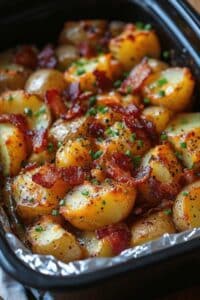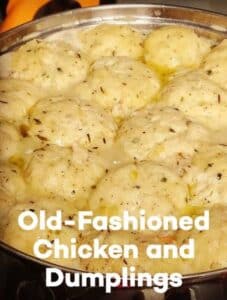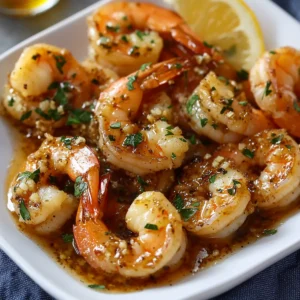
Understanding Potato Pavé
What is Potato Pavé?
Potato pavé, a dish steeped in culinary elegance, is a testament to the sophistication of French cooking. The term pavé, French for “paving stones,” aptly describes this dish’s characteristic rectangular or square shape. Originating from the creative mind of renowned chef Thomas Keller, potato pavé elevates the humble potato to a work of art. Unlike traditional scalloped potatoes, pavé focuses on meticulous layering, creating a texture that’s both delicate and rich.
The Art of Layering: Technique and Precision in Potato Pavé
The secret to a sublime potato pavé lies in its construction. Thin, uniform slices of potato, bathed in a creamy mixture, are layered precisely in a baking dish. Moreover, this methodical arrangement isn’t just for aesthetics; it ensures each bite is infused with flavor and achieves a melt-in-your-mouth tenderness. The process, while time-consuming, rewards with a dish that’s both visually impressive and gastronomically delightful.
Historical and Cultural Significance of Potato Pavé
A Journey Through Time: The Origins of Potato Pavé
Potato pavé, while a modern culinary masterpiece, has roots that intertwine with the history of French cuisine. This section will explore the evolution of potato dishes in French cooking, tracing back to the introduction of potatoes in Europe and their gradual acceptance in French gastronomy. It will highlight how chefs like Thomas Keller have transformed a humble ingredient into a symbol of culinary luxury.
Cultural Impact : Potato Pavé in Modern Cuisine
In contemporary cuisine, Elegant Potato Dish has become a symbol of refined cooking. This part of the article will discuss how this dish has influenced modern dining experiences, from high-end restaurants to gourmet home cooking. It will also touch on its presence in culinary media, cookbooks, and cooking shows, showcasing its popularity and adaptability in various culinary cultures.
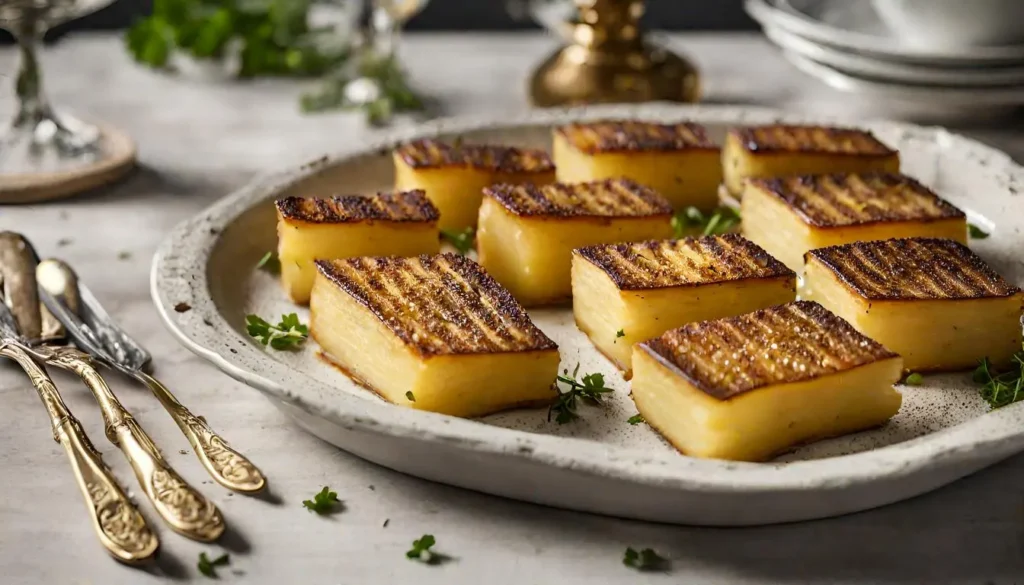
Selecting the Right Ingredients
Choosing the Perfect Potato
Russet potatoes are the stars of this dish. Their starchy quality and ability to hold shape under heat make them ideal for pavé. Furthermore, these potatoes, readily available and affordable, bring a fluffy texture and subtle sweetness, essential for the dish’s success. However, for those seeking variation, Yukon Golds can be a worthy alternative, offering a creamier texture and buttery taste. For more insights on selecting the best dairy products for cooking, check out Martha Stewart’s take on Potato Pavé here.
Cream, Butter, and Seasonings : Enhancing Flavor
The choice of cream and butter in potato pavé is not just a matter of richness; it’s about balance and depth. The cream envelops each potato slice, ensuring a moist, tender interior, while butter adds a luxurious, silky finish. Also, seasonings, though simple, are crucial. A judicious use of salt and pepper can elevate the natural flavors of the potatoes, transforming the dish into a harmonious blend of taste and texture.
The Essential Tools
Mandoline: Achieving Thin, Consistent Slices
A mandoline is not just a tool; it’s your partner in creating the perfect pavé. This kitchen instrument is key to slicing potatoes uniformly thin. Consistency in slice thickness is vital for even cooking and layering, ensuring every part of the pavé cooks at the same rate and absorbs flavors equally. While a sharp knife could be used, a mandoline guarantees precision and speed, making the preparation process less daunting.
Step-by-Step Cooking Process
Preparation: Slicing and Layering
The journey to a perfect potato pavé begins with meticulous preparation. After peeling the russet potatoes, use the mandoline to slice them into whisper-thin pieces. These slices are then lovingly layered in a buttered baking dish, each layer seasoned lightly with salt and pepper. Furthermore, this step is not just about building the dish; it’s about infusing each layer with flavor and ensuring a cohesive taste throughout. Discover additional preparation tips and techniques on Chef Not Required’s guide to Potato Pavé here.
Baking to Perfection: Time and Temperature
Baking is where the magic happens. The pavé should be baked at a moderate temperature, allowing the potatoes to cook evenly and absorb the creamy goodness. Typically, a temperature of around 350°F (175°C) for about 1 hour and 50 minutes does the trick. The goal is to achieve potatoes that are tender enough to melt in your mouth but still hold their shape.
Chilling and Setting: The Key to Perfect Texture
Once baked, the pavé requires patience. It needs to be cooled, then chilled in the refrigerator, ideally overnight. Likewise, this step is crucial as it allows the layers to set and meld together, forming a cohesive block. The chilling process enhances the texture, making it firm enough to be cut into clean, elegant slices.
Serving and Presentation
Cutting and Browning: Final Touches
The moment of truth arrives when it’s time to serve. The chilled pavé is cut into neat, serving-size blocks. These are then pan-fried until each side is gloriously golden-brown. This browning not only adds a delightful contrast in textures but also enhances the flavors, giving the outer layer a slightly crispy edge.
Garnishing and Serving Suggestions
Presentation is key. Serve the golden-brown pavé on a warm plate, garnishing with a sprinkle of fresh herbs like chives or parsley for a pop of color. Also, potato pavé pairs beautifully with a range of main courses, from a simple roast to an elaborate holiday feast. It’s a versatile side that’s sure to impress.

Variations and Creative Twists
Experimenting with Flavors and Ingredients
Potato pavé is a canvas for culinary creativity. Consider infusing the cream with garlic, herbs, or spices for an added flavor dimension. For a richer version, some chefs like to layer in cheese between the potatoes. For more creative culinary ideas and ingredient inspirations, visit our innovative recipes section here.
Vegetarian and Vegan Variations
For a vegetarian twist, use plant-based butter and cream. Vegan versions can be equally luxurious, utilizing coconut cream and vegan butter alternatives. These substitutions ensure that the dish remains inclusive, without compromising on its indulgent nature.
Pairing with Main Courses
Complementing Dishes : What to Serve with Potato Pavé
The beauty of Gourmet Potato Side lies in its versatility. It’s a side that complements a wide array of main dishes. For meat lovers, it pairs wonderfully with steak or roast chicken. Vegetarians might enjoy it alongside a hearty vegetable stew or grilled portobello mushrooms. The key is to balance the richness of the pavé with the main course’s flavors.
Mastering Potato Pavé: Tips and Tricks
Achieving the Perfect Texture and Flavor
This section will offer readers advanced tips for perfecting the texture and flavor of their potato pavé. It will provide advice on selecting the best type of cream and butter, emphasizing the importance of seasoning at each layer, and outlining techniques to ensure the potatoes cook perfectly.
Presentation and Plating Techniques
Presentation elevates the eating experience of potato pavé. This part will provide suggestions on creative plating techniques, including the use of garnishes and sauces. It will also offer tips on how to present the pavé for different occasions, from casual family dinners to formal gatherings.
Common Mistakes and How to Avoid Them
Even experienced cooks can encounter challenges when making potato pavé. This section will address common pitfalls, such as uneven slicing, under or overcooking, and issues with layering. It will provide practical solutions and preventative measures to help readers achieve a flawless pavé every time.
Nutritional Profile and Health Aspects of Potato Pavé
Balancing Indulgence with Nutrition
In this section, we’ll delve into the nutritional aspects of potato pavé. Those who enjoy it as part of a balanced diet often recognize its richness, but understanding its nutritional content is essential. We’ll discuss the caloric content, the benefits of potatoes as a carbohydrate source, and how the cream and butter contribute to the overall nutritional value. This part will also offer suggestions on how to make potato pavé a bit healthier without compromising its luxurious taste, such as using low-fat cream or plant-based alternatives. Find detailed nutritional information for Potato Pavé on BigOven here.
Dietary Considerations and Allergen Information
Potato pavé, in its traditional form, may not be suitable for everyone, especially those with specific dietary restrictions. This section will address common allergens present in the dish, such as dairy, and provide alternatives for those with lactose intolerance or dairy allergies. It will also address gluten-free adaptations, ensuring that a wider audience can enjoy the dish.
Global Variations of Potato Pavé
Potato Pavé Around the World
Potato pavé may have its roots in French cuisine, but its concept has traveled and evolved globally. This section will explore how different cultures have adopted and adapted the potato pavé, infusing it with local flavors and ingredients. From the addition of spices in Indian cuisine to the use of sweet potatoes in Asian interpretations, this part will showcase the dish’s versatility and global appeal.
Fusion Flavors: Innovating with Potato Pavé
The final section will focus on the fusion of Gourmet Potato Side with other culinary traditions. It will highlight innovative recipes that blend the classic French technique with flavors from around the world, such as incorporating Mediterranean herbs or Latin American spices. This part will inspire readers to experiment with their own fusion versions of potato pavé, encouraging creativity in the kitchen. Discover more international flavors here.
FAQs
Potato pavé, while straightforward in concept, often raises questions among cooking enthusiasts. Here are some frequently asked questions to demystify this elegant dish:
- Can I prepare potato pavé ahead of time?
Absolutely! Potato pavé is an excellent make-ahead dish. Prepare and bake it a day or two in advance, then chill it in the refrigerator. Before serving, simply cut and brown the slices. - What if I don’t have a mandoline?
While a mandoline ensures uniform thickness, a sharp chef’s knife can work too. The key is to slice the potatoes as evenly as possible. - How can I ensure my pavé doesn’t fall apart while cutting?
The chilling step is crucial for this. Ensure the pavé becomes thoroughly chilled and sets before cutting into it. Using a sharp knife will also help make clean cuts.
In the culinary world, Gourmet Potato Side stands out as a testament to the elegance and versatility of simple ingredients. Through careful selection of potatoes, precise slicing, and patient layering, this dish transforms the everyday potato into a gourmet experience. Whether served as a side to a lavish main course or enjoyed on its own, potato pavé is sure to impress with its rich flavors and luxurious texture. By following the steps outlined in this article, even novice cooks can master this exquisite dish, bringing a touch of Michelin-starred cooking into their kitchens.
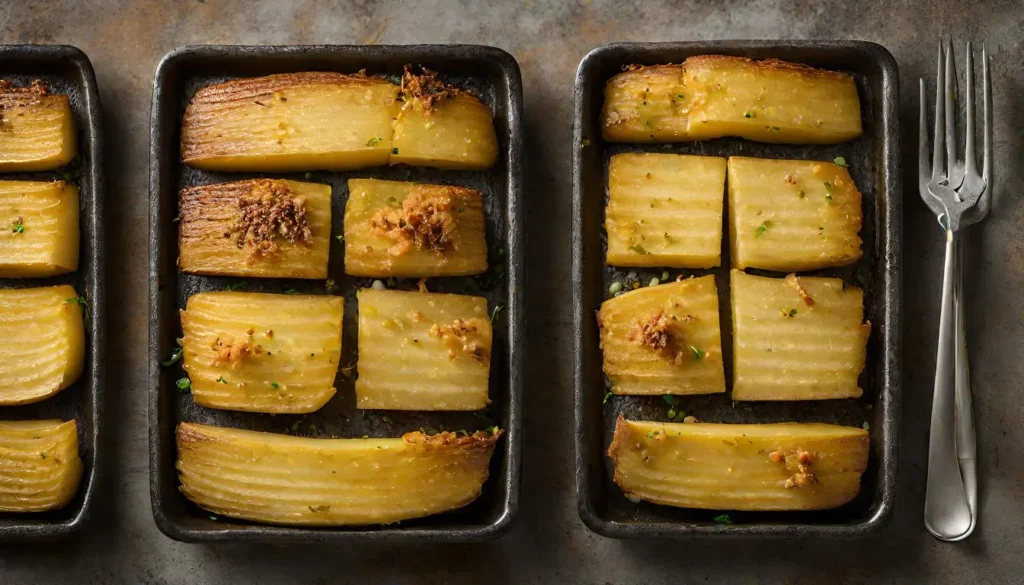
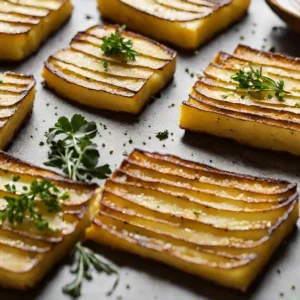
Potato Pavé
Ingredients
Method
- Preheat the oven to 350°F (175°C).
- Peel the russet potatoes and slice them into thin pieces using a mandoline.
- Butter a baking dish and layer the potato slices evenly, seasoning each layer lightly with salt and pepper.
- Pour the cream over the layered potatoes and dot with butter.
- Cover with aluminum foil and bake for 1 hour.
- Remove the foil and continue baking for an additional 50 minutes.
- Allow the pavé to cool, then refrigerate overnight.
- Cut the chilled pavé into blocks and pan-fry in a hot skillet until golden-brown on each side.
- Serve garnished with fresh herbs like chives or parsley.
Nutrition
Notes
Tried this recipe?
Let us know how it was!
Potato Pavé
Ingredients
Method
- Peel the russet potatoes and slice them into whisper-thin pieces using a mandoline.
- Butter a baking dish and layer the potato slices evenly, seasoning each layer lightly with salt and pepper.
- Preheat the oven to 350°F (175°C) and bake the layered potatoes for about 1 hour and 50 minutes until tender.
- Let the pavé cool, then refrigerate it overnight to allow it to set.
- Cut the chilled pavé into serving-size blocks and pan-fry them until golden-brown on each side.
- Garnish with fresh herbs like chives or parsley and serve hot alongside your favorite main dishes.


